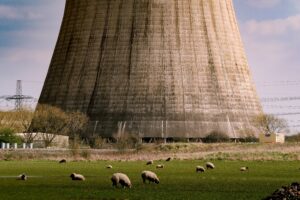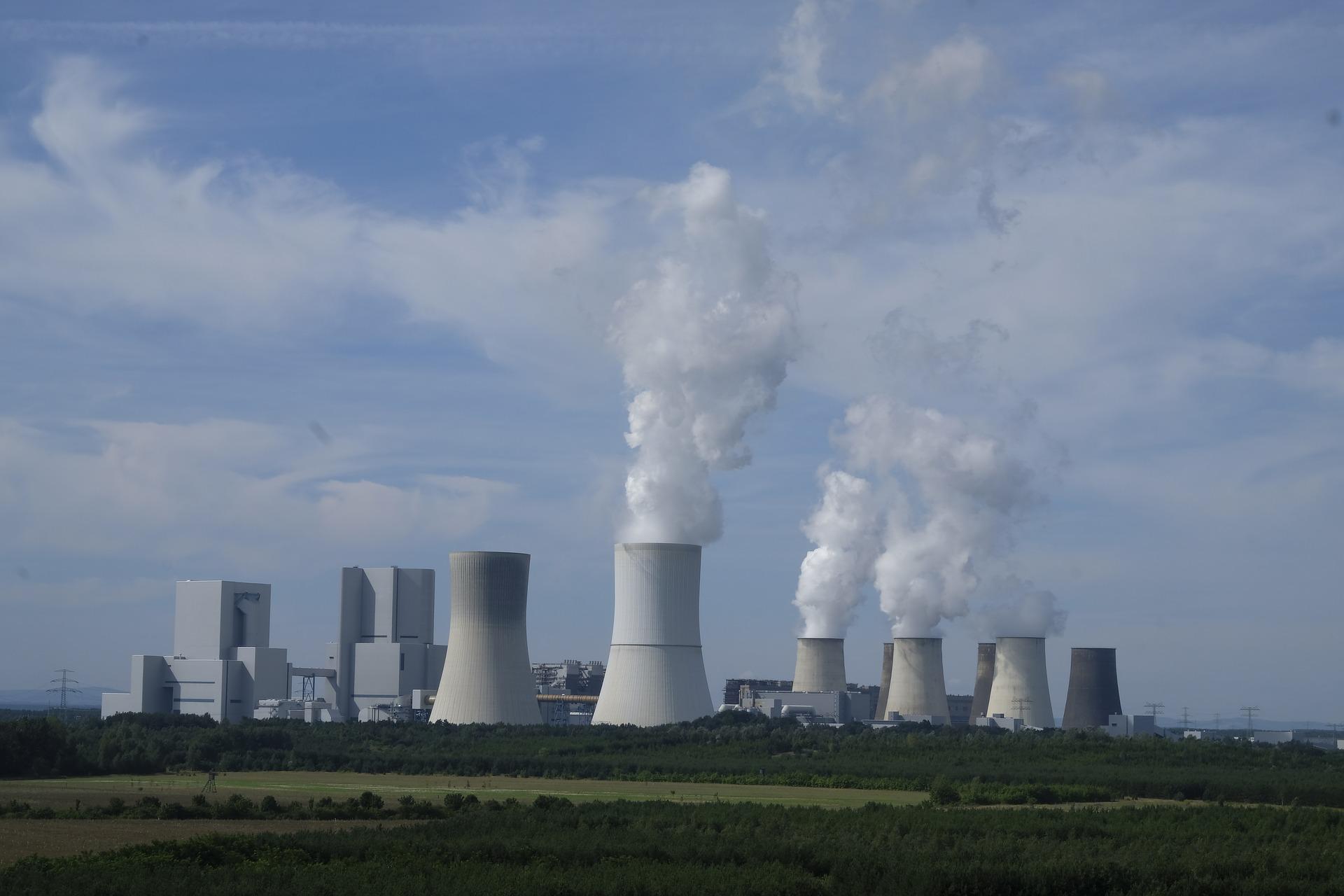With combating climate change high on the international agenda, nuclear power has risen to the fore as a potential sustainable energy source. However, safety remains a major sticking point, with the 2011 Fukushima Reactor accident in Japan still fresh in many minds. The key question here is whether nuclear power’s benefits outweigh the risks.
Detractors cite its exorbitant cost, damage caused by accidents, and most significantly radioactive waste that remains toxic for millenia. Proponents, whose swelling ranks are now increasingly joined by climate scientists and environmental experts, argue that without nuclear energy, climate goals will remain a lost cause. They cite its relative safety versus other predominant energy sources and its lower damaging emissions, also that nuclear accidents are exceedingly rare in contrast to the sustained impact of burning fossil fuels, which we are trying to counteract.

Egypt’s embrace
As the government pushes ahead with its plans to incorporate nuclear power in the country’s long-term energy mix, eight nuclear power stations are planned for the inaugural El Dabaa nuclear complex. “Thousands of jobs will be available at Egypt’s first nuclear power plant, whose capacity amounts to 4,800 megawatts, and many more opportunities will be provided indirectly,” said Amgad Al Wakil, head of the Nuclear Power Plants Authority in an official statement.
“The scale of what human civilization is trying to do over the next 30 years [to fight climate change] is staggering. It will be much more daunting if we exclude new nuclear plants—or even more daunting if we decide to shut down nuclear plants altogether,” Matt Bowen, Columbia University’s Center for Global Energy Policy, was quoted as saying in an AP report.
Diverging approaches
Countries at the COP26 (United Nations Climate Change Conference) and elsewhere are adopting markedly different stances on whether nuclear power can be a safe green bet for long-term sustainable energy goals. The fallout from these contrasting approaches will have “implications worldwide, as the E.U. policy could set a standard that other economies follow.”
Nowhere is this contrast more pronounced than the divergent approaches of European Union heavyweights France and Germany.
As recently as 2000, “Europe generated almost a third of its electricity from nuclear fission, the highest proportion of any region. Germany embarked on its radical plan to phase out its reactors early and replace them with renewables at a projected cost, by 2025, of around $580 billion,” Jonathan Ford wrote in an October editorial for Bloomberg.
However, the catch is that although Germany is a world leader in renewable energy capacity, it has still failed to meet its, albeit lofty, emissions targets despite spending over $580 billion by 2025 to overhaul its energy mix. This failure stemmed from concerns over the relative safety of operating nuclear power plants, and as a result of the 2011 Fukushima Daiichi meltdown, they have been in the process of phasing out their nuclear reactors, only dampening hopes that 2030 targets would be achievable.

By contrast, France is the most nuclear-reliant nation in the world, and at the forefront of the pro-nuclear push at continental and international levels. It is also among the leading players in the nuclear waste industry, recycling or reprocessing waste material from around the world.
In an October speech to business leaders, French President Emmanuel Macron included building new, smaller nuclear reactors in his long-term roadmap, the news network France 24 reported.
“We are going, for the first time in decades, to relaunch the construction of nuclear reactors in our country and continue to develop renewable energies,” Macron said. The move will “guarantee France’s energy independence, to guarantee our country’s electricity supply and achieve our objectives, in particular carbon neutrality in 2050,” he continued.
The United Kingdom has also thrown its weight behind nuclear power, with the Financial Times reporting in November that U.K. ministers are planning on positioning nuclear power “at the heart of Britain’s strategy” to reach net-zero carbon emissions by 2050.
While China, according to a Bloomberg report, is planning for a gargantuan $440 billion initiative to construct and operate 150 reactors in the next 15 years, more than the entire rest of the world has built in the past 35.
Safe bet?
As an increasing chorus of prominent scientists are beginning to embrace nuclear power as a safe and sustainable energy source, they point to the fact that over the past half-century, due to the operation of nuclear power stations, mankind has avoided the emission of an estimated 60 billion tons of carbon dioxide by providing energy that otherwise would have come from fossil fuels.
Despite all the infamy of incidents like Fukushima and Chernobyl living in our collective conscience, the fact remains that nuclear power is one of the safest ways to produce electricity, as it accounts for just 0.07 deaths per terawatt-hour generated. For comparison, fossil fuels like coal and oil are responsible for 24.6 and 18.4 deaths respectively, while wind accounts for 0.04.
“People are beginning to understand the consequences of not going nuclear,” Kerry Emanuel, professor of atmospheric science at MIT, told the AP. Amid a “growing awareness of the rise of climate risks around the world, people are beginning to say, ‘that’s a bit more frightening than nuclear power plants’.”







